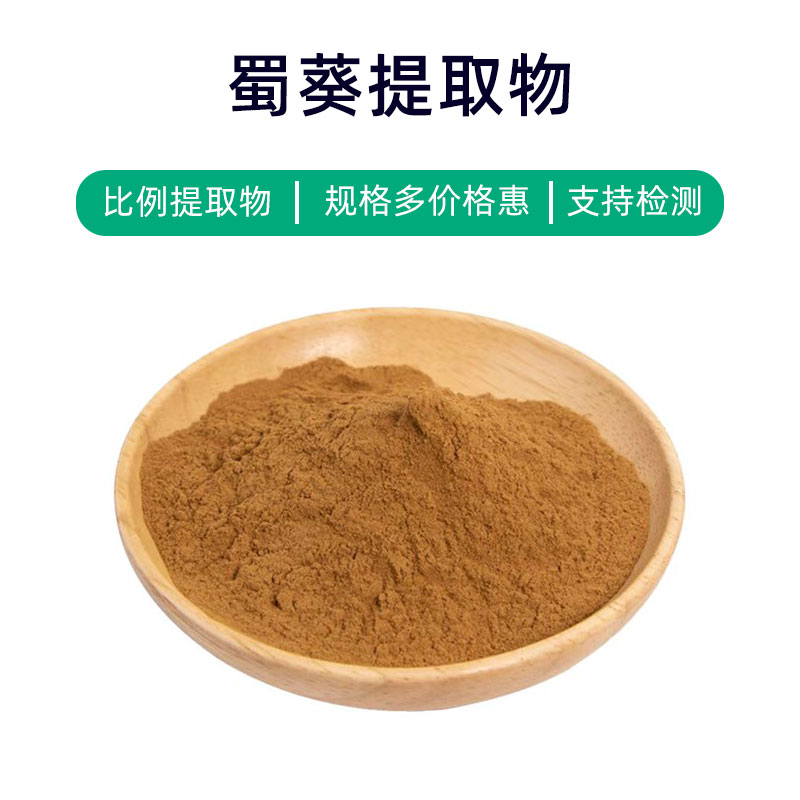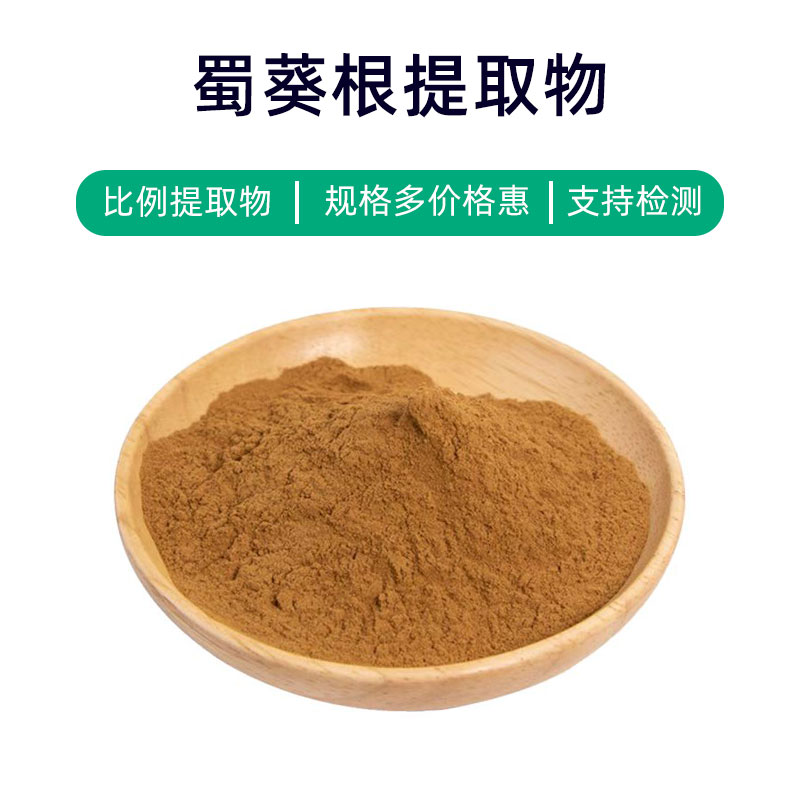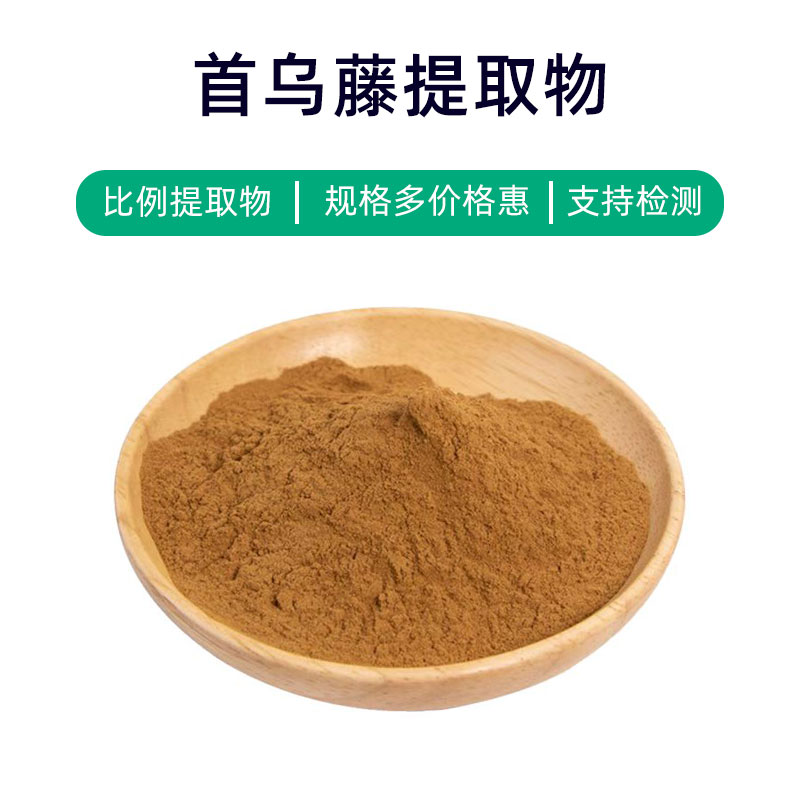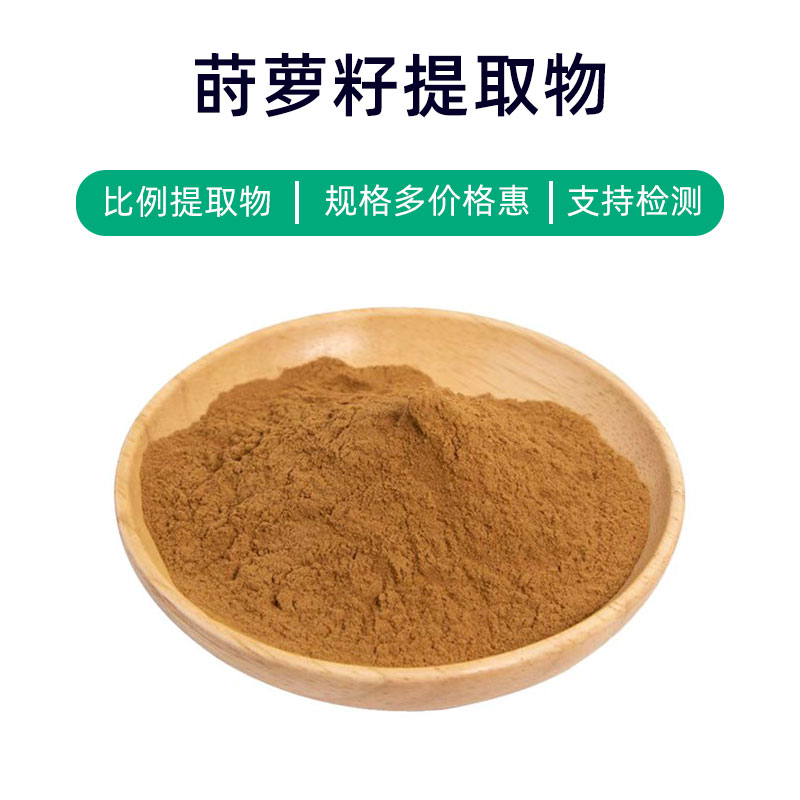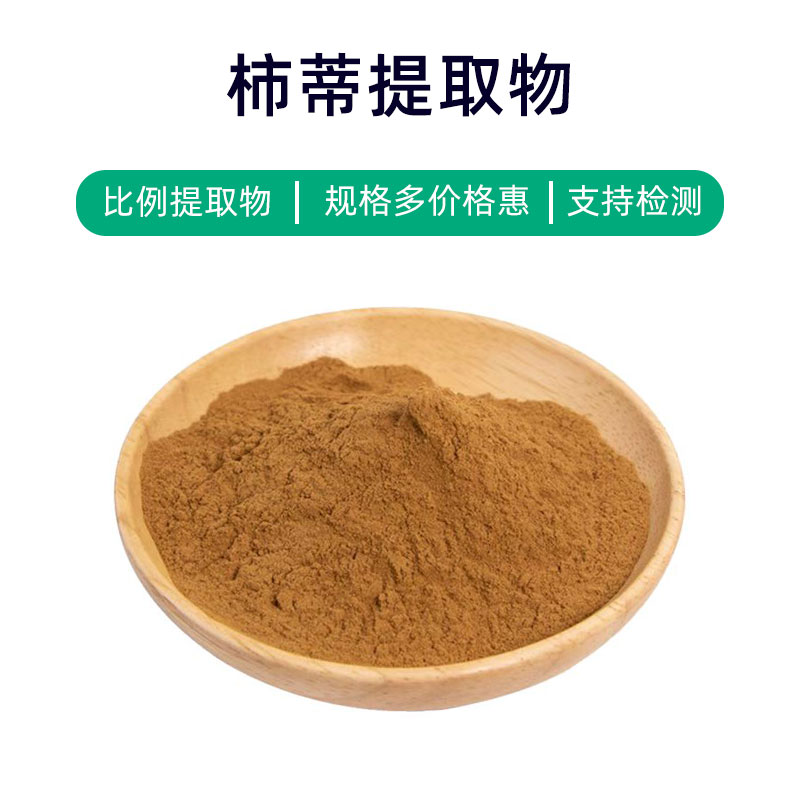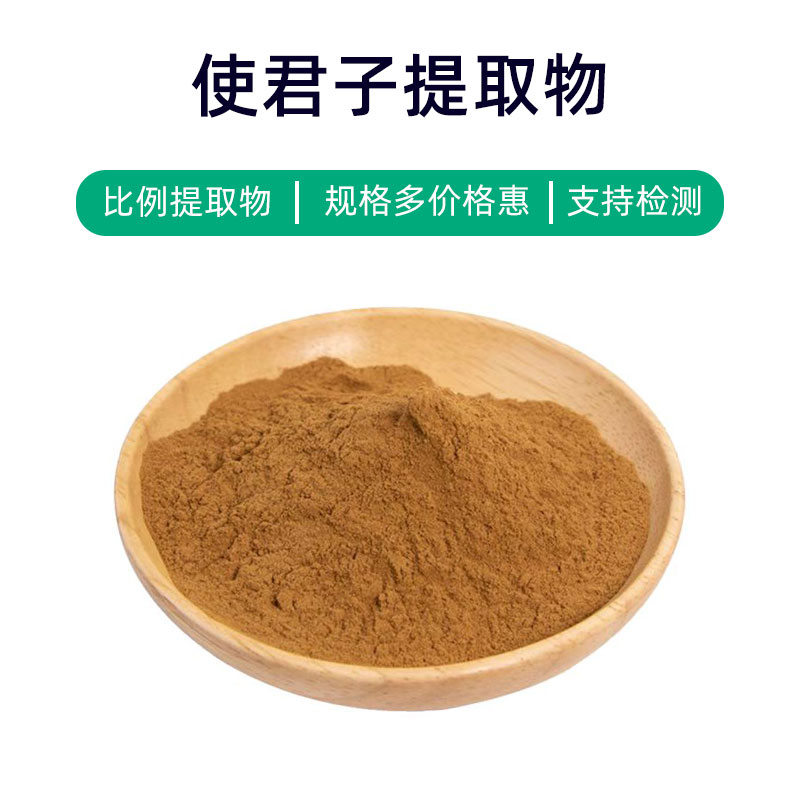Introduction to Mulberry Leaf Extract
Mulberry leaf extract is a natural plant extract derived from the leaves of the mulberry tree, primarily consisting of flavonoids, vitamins, and minerals. Compounds such as quercetin and kaempferol among the flavonoids possess significant biological activity. This extract is widely used in pharmaceuticals, dietary supplements, and cosmetics.
Its main effects include lowering blood sugar, reducing blood pressure, offering antioxidant benefits, and enhancing beauty. Flavonoids help regulate blood sugar levels, assisting in glycemic control, and providing supportive treatment for diabetic patients. Additionally, mulberry leaf extract also has blood pressure-lowering effects, helping to regulate hypertension and prevent cardiovascular diseases. Furthermore, its antioxidant properties help eliminate free radicals in the body, delay aging, and improve skin conditions, making it common in beauty and skincare products.
In the pharmaceutical sector, mulberry leaf extract is often made into oral liquids, capsules, or tablets for managing blood sugar and blood pressure; in dietary supplements, it is commonly used in nutritional products and functional beverages; in the cosmetics realm, it is found in skincare items such as creams and masks, valued for its antioxidant and skin-brightening properties.
Overall, as a natural plant extract, mulberry leaf extract offers multiple benefits and is widely applied across pharmaceuticals, dietary supplements, and cosmetics, providing effective support for health and beauty.
Production Process of Mulberry Leaf Extract
The production process of mulberry leaf extract primarily includes several steps:
- Raw Material Preparation: Fresh, uncontaminated mulberry leaves are selected, cleaned, and screened to remove impurities and surface contaminants.
- Crushing and Grinding: Cleaned mulberry leaves are crushed and ground into finer particles, facilitating subsequent extraction processes.
- Extraction: Appropriate solvents (like water, ethanol, etc.) are used to extract from the crushed leaves. Common extraction methods include steeping and supercritical fluid extraction to obtain effective components.
- Filtration and Concentration: The extract is filtered to remove residues and suspensions, then concentrated by evaporating the solvent, yielding concentrated mulberry leaf extract.
- Purification: The concentrated extract undergoes purification, often using methods like precipitation, crystallization, or gel filtration to enhance purity and quality.
- Drying: The purified mulberry leaf extract is dried using methods such as spray drying or vacuum drying to reduce moisture content, extending shelf life.
- Packaging: The dried extract is packaged in materials like plastic bags or aluminum foil bags to prevent moisture, oxidation, and contamination.
- Quality Control: Packaged products undergo quality inspection, including appearance, composition content, and microbial limits, to ensure compliance with relevant standards and requirements.
- Storage: Products that pass inspection are stored in a dry, cool, ventilated environment away from direct sunlight and high temperatures to guarantee quality and stability.
These are the basic steps in the production process of mulberry leaf extract, requiring strict control over operational conditions and quality standards to ensure product quality and safety.
Efficacy and Side Effects of Mulberry Leaf Extract
Mulberry leaf extract is derived from the leaves of the mulberry tree (scientific name: Morus alba L.), rich in bioactive components and having various benefits. Here are the main effects and functions of mulberry leaf extract:
- Blood Sugar Reduction: Contains abundant flavonoids like kaempferol, helping regulate blood sugar levels, providing supportive treatment for diabetes.
- Blood Lipid Reduction: Polyphenolic compounds in the extract effectively lower blood lipids, reducing cholesterol and triglyceride levels in the blood, aiding in the prevention and treatment of hyperlipidemia.
- Antioxidant Properties: Rich in polyphenols, it has strong antioxidant effects, scavenging free radicals to delay aging and protect cells from oxidative damage.
- Anti-Inflammatory Properties: Flavonoids present exhibit good anti-inflammatory effects, inhibiting the release of inflammatory factors and alleviating conditions like rheumatoid arthritis.
- Promoting Blood Circulation: The extract can dilate blood vessels, increase vascular elasticity, and promote circulation, aiding microcirculation and preventing thrombosis to reduce the risk of cardiovascular diseases.
- Liver Protection: Exhibits liver-protective effects, promoting liver cell regeneration and enhancing liver function, helping to reduce liver burden and preventing or improving conditions like fatty liver.
- Modulating Immune Function: Active components can regulate immune system functions, enhancing the body's resistance and helping to prevent infections.
Despite its various benefits, potential side effects should be noted, including possible allergic reactions or digestive discomfort in some individuals. Therefore, consulting with a healthcare provider or professional before using mulberry leaf extract is advisable, taking into account personal circumstances to mitigate any risks.
Application Scenarios and Dosage of Mulberry Leaf Extract
Mulberry leaf extract has extensive applications in pharmaceuticals, food, and cosmetics, offering multiple benefits. Below are its applications and dosage recommendations in different fields:
- Pharmaceutical Sector:
- Blood Sugar Treatment: Used in oral liquids, capsules, or tablets as an adjunct treatment for diabetes. The typical dosage is 2-3 grams, taken 2-3 times daily.
- Blood Lipid Treatment: Available in capsules or tablets for lowering blood lipids. Dosage generally mirrors that of blood sugar treatment.
- Liver Protection: Employed in the prevention and treatment of fatty liver and liver function damage. Typical usage is the same as for blood sugar treatment.
- Food Sector:
- Health Tea: Can be used to make health teas with blood sugar and lipid-lowering benefits. Generally, 3-5 grams is suggested for each brewing, possibly enhanced with honey or lemon for flavor.
- Nutritional Additive: Used as an additive in health food products aimed at lowering blood sugar and lipids, with a usual daily dosage of 3-5 grams.
- Cosmetics Sector:
- Skincare Products: Its antioxidant and anti-inflammatory properties make it suitable for products like masks and creams, typically added at 1-5%.
- Hair Care Products: Aids in promoting scalp circulation and reducing dandruff and may be incorporated into shampoos or conditioners at 1-3%.
In summary, applications in pharmaceuticals focus on treating conditions like diabetes, hyperlipidemia, and fatty liver, with dosages to be determined according to medical advice or product guidelines. In food, it serves as an ingredient in health products or tea; in cosmetics, as an additive in skincare and hair care products. Specific usage should align with product instructions or professional recommendations to avoid potential adverse reactions.
Cultivation and Growth Environment of the Source Plant for Mulberry Leaf Extract
Mulberry leaf extract originates from the mulberry tree (scientific name: Morus), which is a common deciduous tree or shrub in the Moraceae family. Below are details about the source plant, its distribution, and growth conditions.
Source Plant:
The source plant of mulberry leaves is the mulberry tree, characterized by its adaptation as a common deciduous tree or shrub, with variations such as white, black, and red mulberries. This tree shows strong resilience and adaptability, thriving under varied climatic and soil conditions. It typically grows in temperate and subtropical regions and is not finicky about soil quality, demonstrating endurance against poor conditions, salinity, drought, and cold, making it one of the easier fruit trees to cultivate.
Distribution:
Mulberry trees are widely distributed across Asia, Europe, Africa, and North America. In Asia, they are prevalent in countries such as China, Japan, South Korea, and India; in Europe, they flourish in Mediterranean coastal countries and Eastern Europe; in Africa, they can be found in North Africa and sub-Saharan regions; in North America, they exist in the U.S. and Canada. The range and density of mulberry trees vary by region, but their distribution overall is quite broad.
Growing Environment:
The mulberry tree adapts well and thrives in diverse environments, capable of growing in different climates and soil types. It prefers warm, humid climates but can also adapt to drier conditions, enabling it to flourish in temperate, subtropical, and tropical regions. It has flexible soil requirements, growing well in both fertile and barren lands. The tree benefits from ample sunlight and proper drainage, also showing resilience to varied soil pH levels. Rapid growth is a hallmark of mulberry trees, which can reach significant heights in a short span under optimal conditions.
In summary, the mulberry tree stands out as a robust, fast-growing, and widely distributed plant, flourishing in various climates and soil conditions, making it an important species for both economic and ecological purposes.
Processing and Storage of Mulberry Leaf Extract
The processing of mulberry leaf extract typically involves harvesting, washing, drying, grinding, and extraction. First, fresh mulberry leaves are harvested and thoroughly washed to remove impurities and dirt. Next, the cleaned leaves are sun-dried or dehydrated to reduce moisture content. Dried leaves are then crushed or ground into a powder to aid in the extraction process. Finally, suitable extraction methods, like water or alcohol extraction, are used to isolate the active components from the leaves, yielding the mulberry leaf extract.
For storage, mulberry leaf extract should be kept in a dry, cool, and ventilated environment away from direct sunlight and heat. Sealing the product effectively prevents moisture and contaminant exposure, extending its shelf life. Additionally, avoiding moisture and heat, along with regular checks to ensure that the container maintains good sealing integrity, are essential measures to preserve product quality.
Monica Sun is a seasoned expert in the plant extraction industry with over a decade of experience in research and production. She specializes in the extraction and purification of plant active ingredients, focusing on driving innovation in natural product applications. Monica has participated in the development of multiple functional plant extracts, delivering high-value natural raw material solutions for the health food, pharmaceutical, and dietary supplement sectors.









